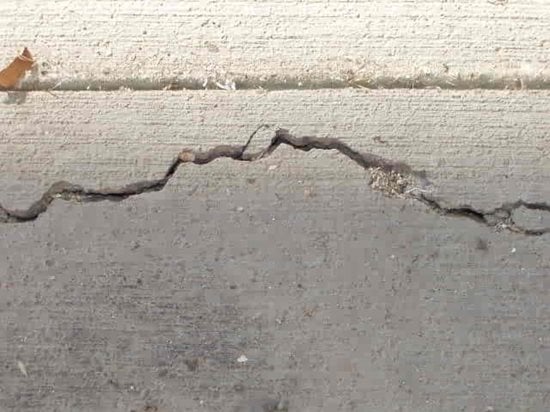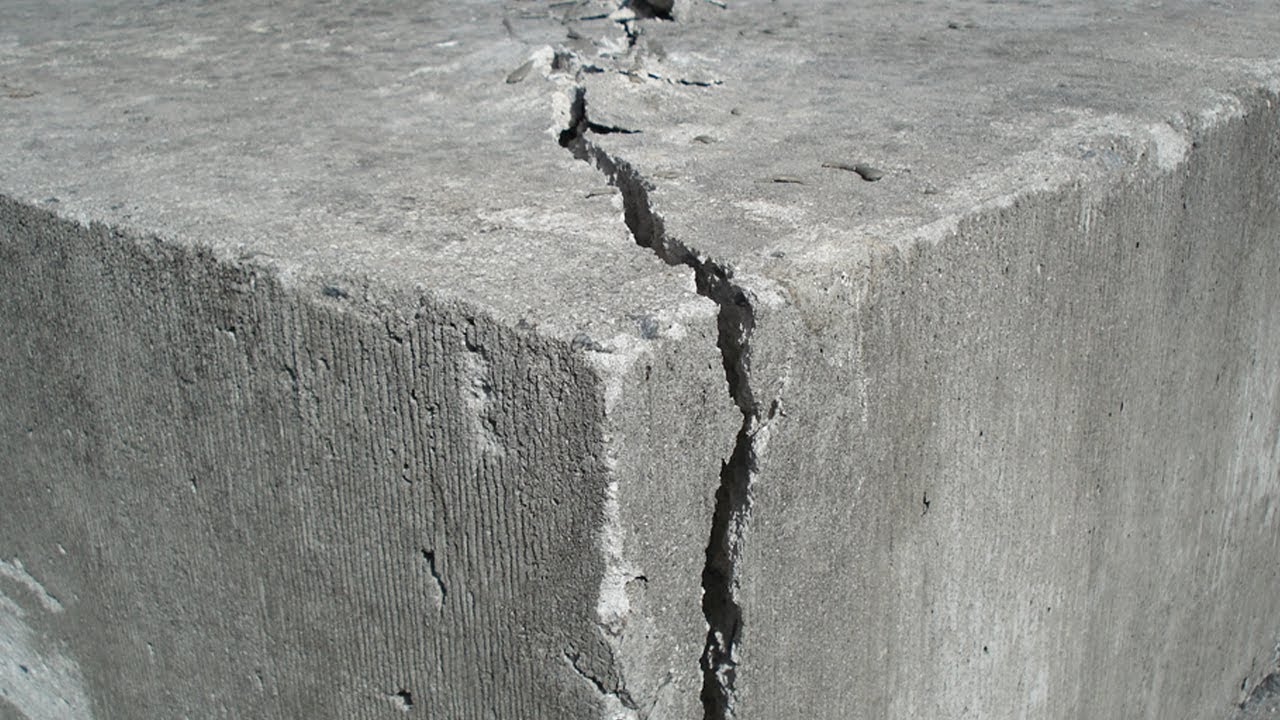

How to Fix Large Cracks in a Concrete Patio Let the sealant cure according to the manufacturer’s instructions before walking on or using your patio. Smooth with the putty knife to blend into the concrete. Use the caulk gun to fill the remaining cavity of the crack to the top with sealant, being careful not to overfill. Load the sealant into a caulk gun and remove the tip. Use the putty knife to push the foam tubing into the crack, allowing about ¼ inches of space at the top for the crack sealant. Step 2: Remove Dust and Debris from the Crack
PATIO SLAB CRACK REPAIR CRACKED
Use the hammer and chisel to even out the cracked concrete and slightly angle the widened crack. Always wear protective goggles and a safety mask. Using the same technique as above, you’ll need to smooth any jagged edges and remove loose, broken concrete. Polyethylene foam tubing (choose the appropriate width to tightly fill the crack).This material is virtually non-absorbent, so it’ll fit nice and snug between concrete cracks without budging. This method works great for cracks under one-inch wide as well as in the joints where two slabs of concrete meet, which can widen over time. The next method uses polyethylene foam tubing, which is commonly used as a foundation joint filler, to fill in concrete cracks.
PATIO SLAB CRACK REPAIR PATCH
Follow the manufacturer’s instructions and allow the patch to cure fully before using your patio or walkway. The curing time for your patch depends on the product you used to patch the crack with. When the crack is filled, smooth the top with the putty knife for even blending. Push the patch compound down with the putty knife as you fill the crack. This eliminates the need for a separate binding product. We recommend using a self-bonding formula, which we linked in the materials list above.

Using the putty knife, fill the crack with the concrete patch compound. Mix the concrete patch according to the manufacturer’s instructions. You can follow up with a shop vac to remove any remaining debris if needed.

Using the wire brush, clean out any loosened debris, dust, and dirt from the crack. You want to remove jagged edges and loose concrete so the concrete patch material will stick to the concrete. Wearing protective goggles and a safety mask, use the hammer and chisel to even out and smooth down the cracked concrete. Step 1: Widen and Remove Jagged Edges from the Crack The first method uses a pre-mixed concrete patch compound to fill in slivers. There are two different methods you can use when filling small cracks in a concrete patio, or cracks that are an inch wide or less. How to Fix Small Cracks in a Concrete Patio

If the concrete wasn’t cured properly loses its moisture too quickly, it’s bound to crack. By curing concrete, you’re ensuring that the substance can maintain moisture to prevent early-age cracking.Similarly, if a tree root grows and spreads under concrete, the concrete will eventually crack under force.If concrete settles over an interference beneath the surface, such as a tree root or utility line, it can cause a crack.On the flip side, freezing temperatures will cause concrete to shrink and lift, and this movement can cause cracking. Hot weather can cause a concrete slab to expand, pushing against objects and creating a force that might cause cracking. As concrete settles, it shrinks and might crack to release tension.But why is your concrete cracking, exactly? It could be for a few reasons: As sturdy of a material as concrete is, it’s still prone to cracking.


 0 kommentar(er)
0 kommentar(er)
